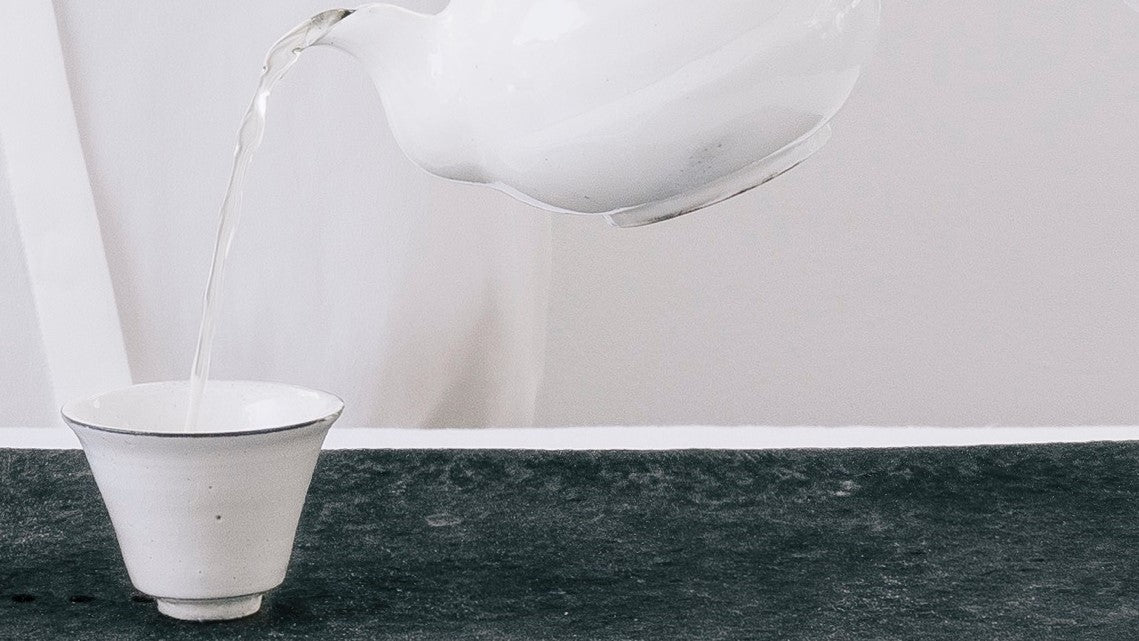
Focused Green Tea & Matcha Tasting Workshop
Green Tea & Matcha Tasting Workshop at Heal’s
Join Tea Repertoire's immersive workshop focused on Japanese green tea and matcha, where you'll explore the art of tea brewing and enjoy a comparative tasting of green teas from Japan, Korea, China, and Taiwan. Experience flavors from Gyokuro to Matcha Bliss, and learn about tea pairing with cheese for a unique sensory experience. Learn more.

London Coffee Festival 2019
Tea Repertoire at London Coffee Festival 2019
Discover Tea Repertoire’s presence at the London Coffee Festival, showcasing premium single-origin teas alongside top coffee brands. Tea Repertoire aims to introduce the highest quality teas, including loose-leaf teas and innovative glass teaware, to a coffee-dominated world. Visit them at stand T10 at the Old Truman Brewery, Shoreditch, from March 28–31. Learn more.
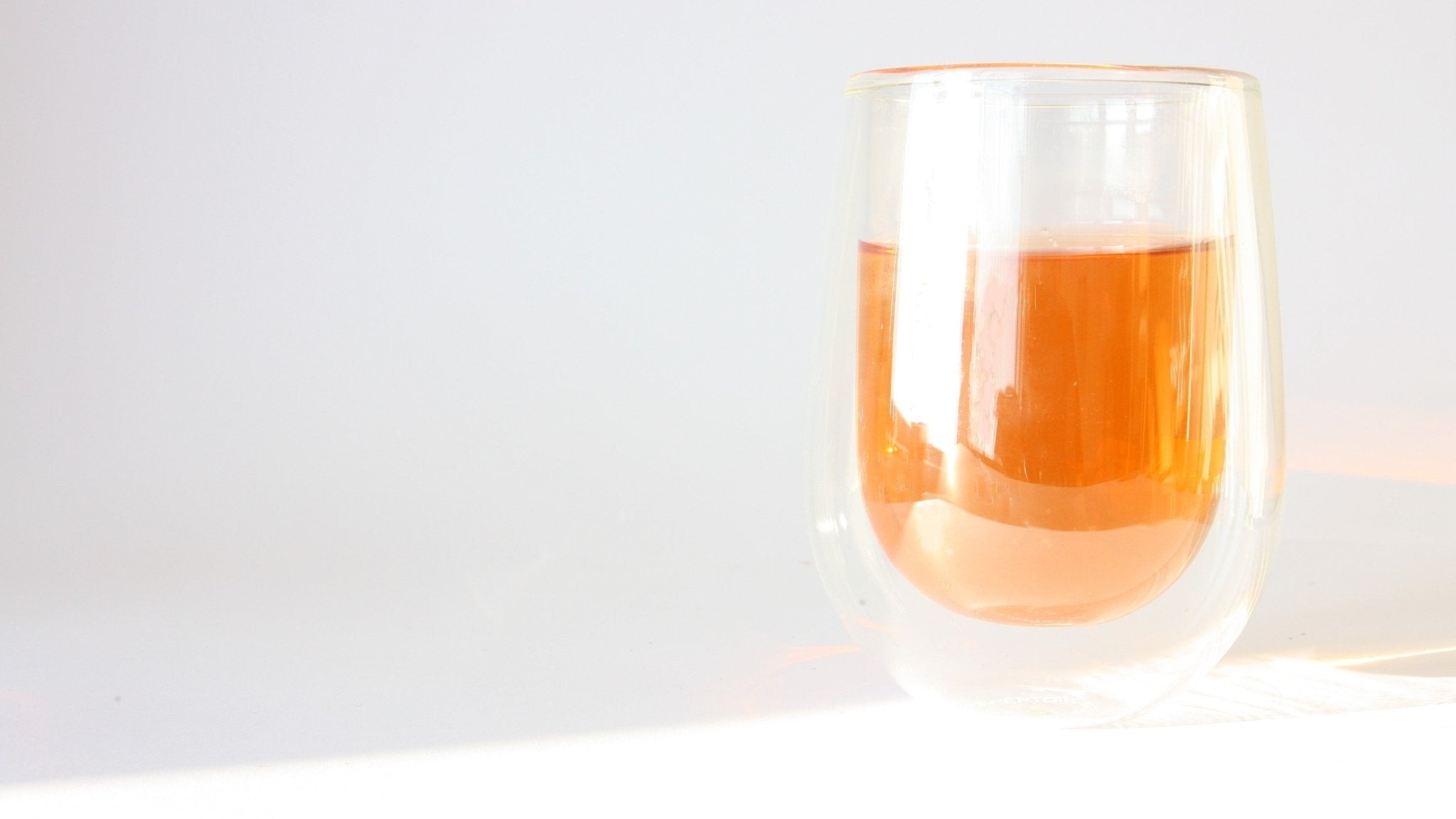
What is Rooibos (Redbush) tea?
What is Rooibos (Redbush) Tea and Its Health Benefits?
Rooibos, also known as Redbush tea, is a caffeine-free herbal tea from South Africa, known for its sweet, honey-like aroma and rich flavor. With antioxidants, calcium, and magnesium, it promotes healthy skin, weight loss, and better sleep. Ideal for those sensitive to caffeine, rooibos also offers anti-inflammatory properties. Learn more.
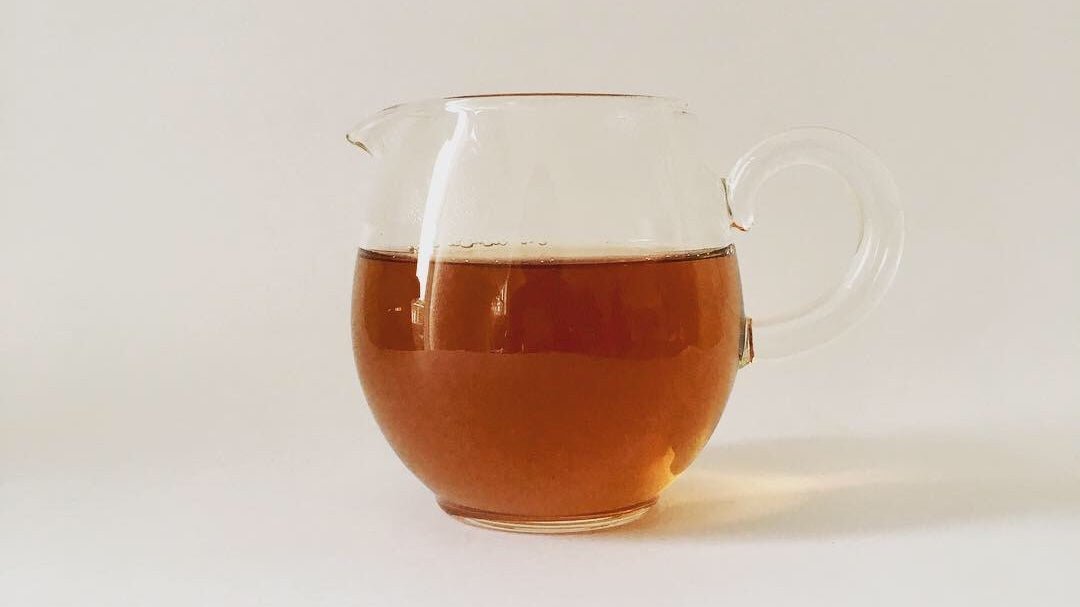
What is Caffeine and How Much Caffeine is in your Tea?
Understanding Caffeine Content in Tea
Tea Repertoire explains how caffeine levels vary across tea types, influenced by factors like leaf maturity, tea variety, and brewing methods. While tea generally contains less caffeine than coffee, teas from young buds or the Assamica variety may have higher levels. Learn how water temperature and steeping time affect caffeine extraction in teas like black, green, and oolong. Read more.
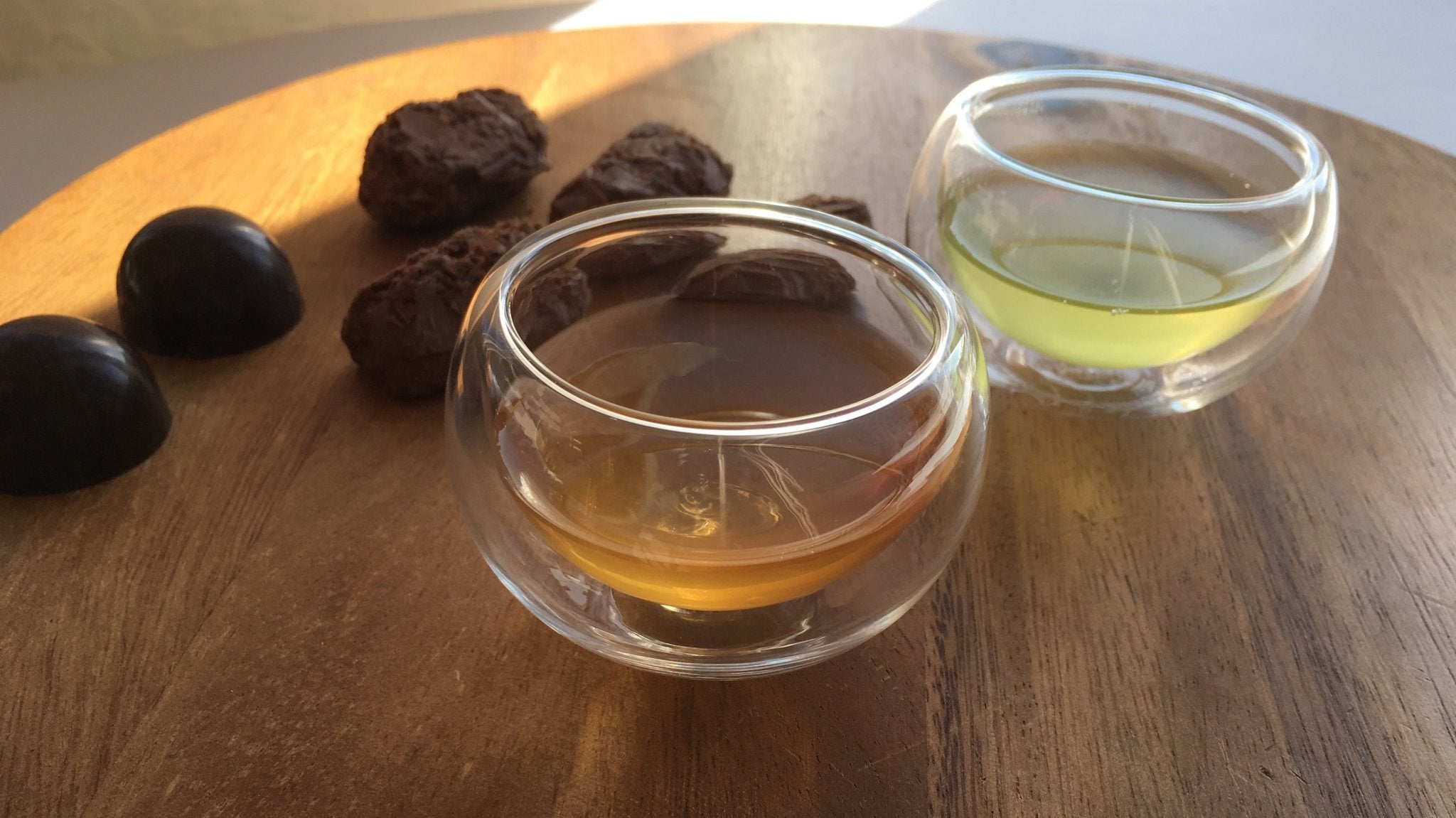
How to pair tea and chocolate
Perfect Tea and Chocolate Pairings
Discover how black, oolong, and green teas create delightful pairings with various chocolates. From Black Forest black tea with dark chocolate truffles to Phoenix Honey Orchid oolong paired with white chocolate, these combinations bring out the best flavors in both tea and chocolate. Whether you prefer dark, milk, or white chocolate, Tea Repertoire offers expert pairing suggestions for a memorable experience. Learn more.
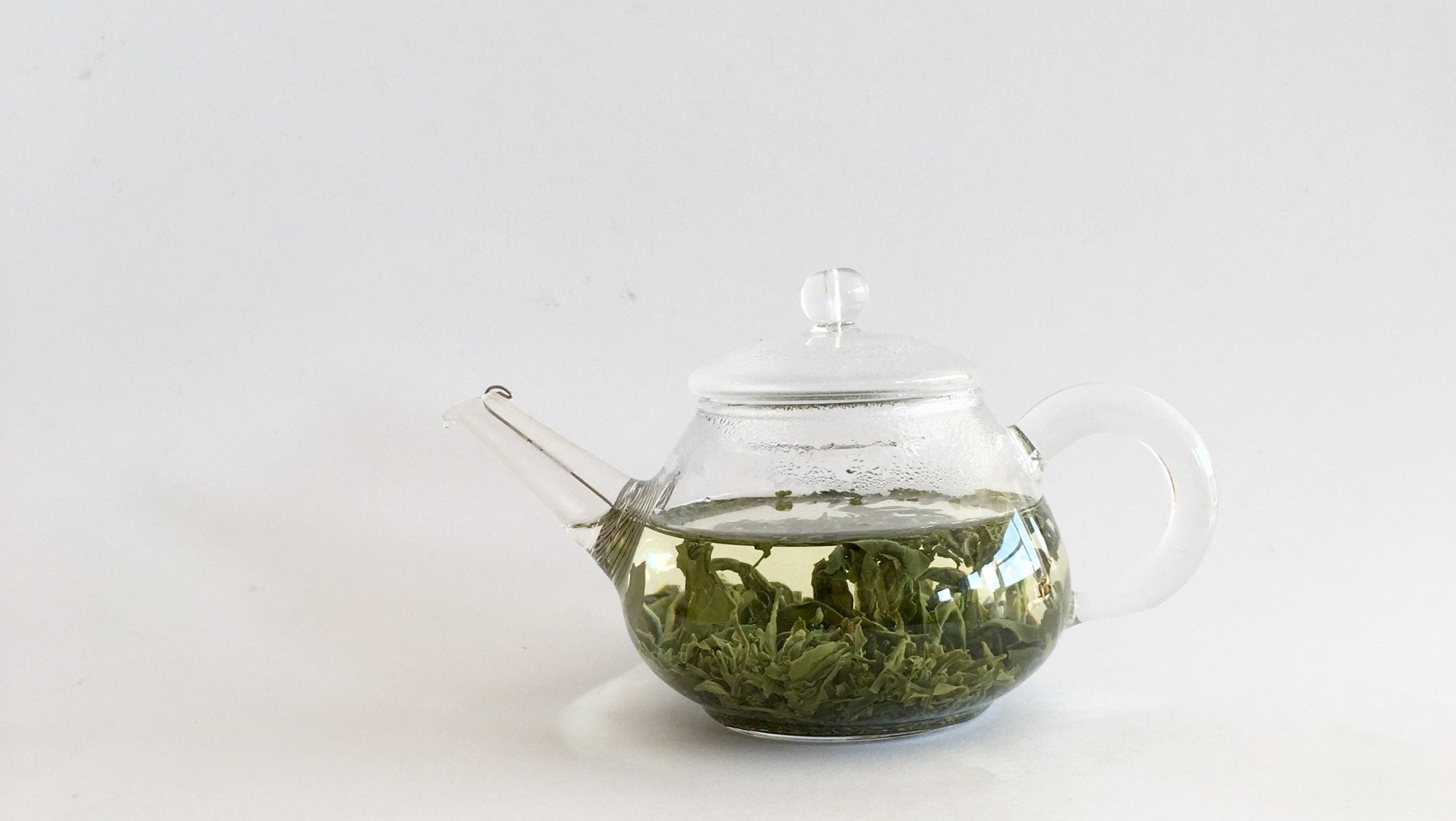
Beginner's Guide To Loose Leaf Tea
Beginner's Guide to Loose Leaf Tea
Explore the essentials of loose leaf tea in this beginner’s guide, covering the different types of tea, brewing techniques, and why loose leaf tea offers superior flavor compared to tea bags. Learn how to make the perfect cup using quality teas like Jasmine Silver Needle and 10-Year Aged Puerh Tea, while also understanding the importance of water quality and the right brewing tools. Learn more.
